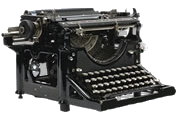Christmas Shopping for Women in Service (Harper’s Bazaar, 1918)
Contrary to those trust-fund babies who lord over the Harper’s Bazaar of today, the editors and stylists of that magazine during World War I understood quite well the vital rolls American women were needed to fill while their country was struggling to attain proper footing in a state of total war. The attached file will show you seven photographs of various accessories recommended for W.W. I women war volunteers as well as two illustrations of various practical coats for winter.
From Amazon: Liar, Temptress, Soldier, Spy: Four Women Undercover in the Civil War
Christmas Shopping for Women in Service (Harper’s Bazaar, 1918) Read More »
